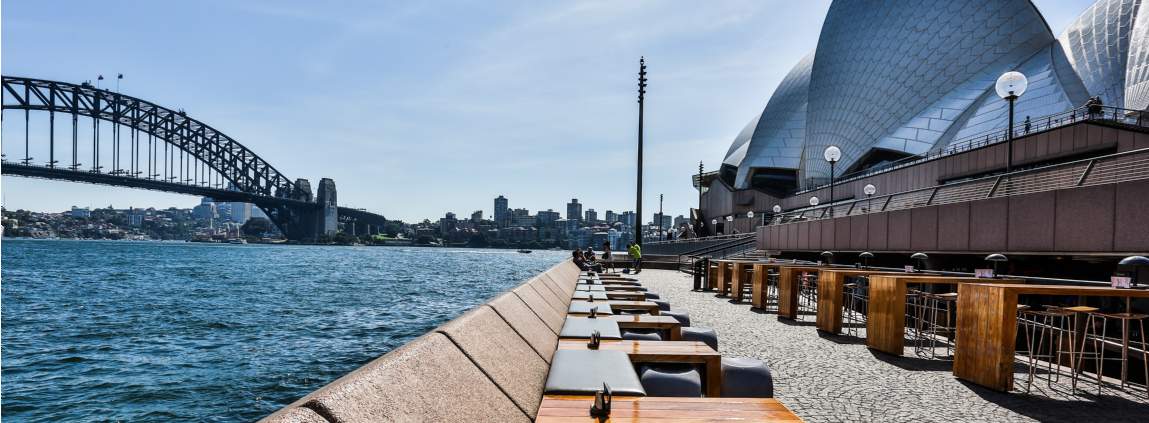HIGHER INFLATION AND INTEREST RATES DRIVE SLOWDOWN IN CONSUMER SPENDING
After a period of exceptionally strong growth coming out of pandemic restrictions, consumer spending is slowing as the impact of higher interest rates and inflation begin to bite. Nominal retail sales rose by 0.4% in March, with annual growth slowing to 5.4%, down from a peak of nearly 20% in mid-2022, and the slowest growth rate in 18 months.
Driving the slowdown is the ongoing decline in the household savings rate, which has fallen back to pre-pandemic levels. Households have largely spent the income boost from pandemic stimulus, while higher inflation and interest payments have eroded household disposable income.

.jpg)
.jpg)
.jpg)
.jpg)
.jpg)
.jpg)
.jpg)
.jpg)
.jpg)
.jpg)
.jpg)
.jpg)
.jpg)
.jpg)
.jpg)
.jpg)
.jpg)